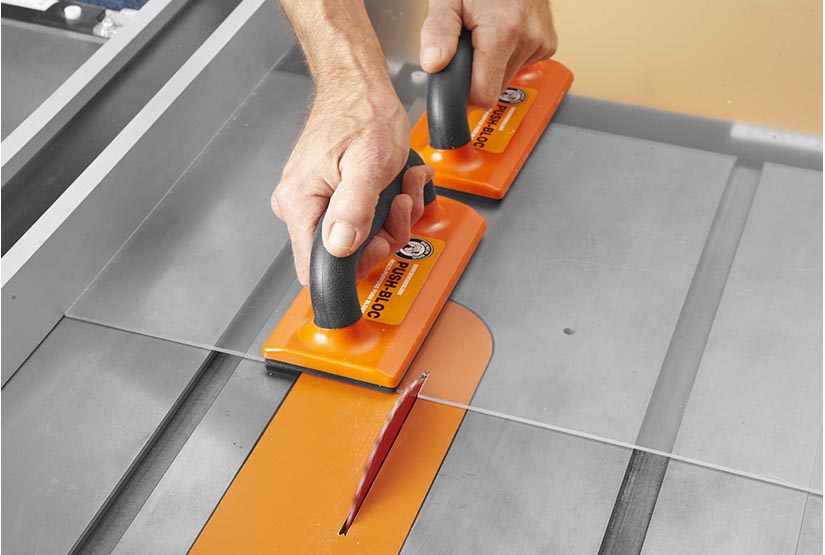Acrylic sheets are widely used for various applications ranging from crafting, building, sign-making, to display cases. Known for its transparent, lightweight, and shatter-resistant properties, working with acrylic sheets can be both rewarding and challenging. Here’s a comprehensive guide to help you get the best results:
- Understanding Acrylic Sheets
Types: Acrylic comes in different varieties, including extruded and cast.
Properties: Acrylic is highly transparent, weather-resistant, and offers excellent optical clarity. - Preparation and Cutting
Choose the Right Thickness: Acrylic sheets come in different thicknesses, suitable for specific applications.
Use Proper Tools: Utilize a table saw or a jigsaw with the right blade specifically for acrylic.
Measurement and Marking: Use a grease pencil for accurate markings. - Sanding and Polishing
Sanding Edges: Use progressively finer grit sandpaper to smoothen the edges.
Polishing: Apply a plastic polishing compound to give a glass-like finish. - Drilling and Fastening
Use Special Bits: Acrylic-specific drill bits reduce the risk of cracking.
Drilling Technique: Drilling slowly prevents overheating. - Bending and Shaping
Heating: Gentle heating allows the acrylic to bend.
Molding: Use a mold or form to shape the heated acrylic as desired. - Gluing and Assembly
Use Specific Adhesives: Specialized acrylic adhesives create strong bonds.
Clamping: Use clamps to hold the pieces together as the glue dries. - Cleaning and Maintenance
Cleaning Solutions: Use a mild detergent or special acrylic cleaner.
Avoid Abrasives: Stay away from abrasive pads that can scratch the surface. - Safety Considerations
Eye Protection: Always wear goggles to prevent dust or fragments from entering your eyes.
Ventilation: Proper ventilation is essential when using adhesives or heating the acrylic.
Conclusion
Working with acrylic sheets requires understanding, patience, and the right technique. By following these guidelines and using proper tools and materials, you can achieve professional-level results in all your acrylic projects.
Whether you are a seasoned professional or a beginner, the advice provided here will enhance your working experience with acrylic sheets. Embrace the possibilities that this versatile material offers and bring your creative vision to life.


